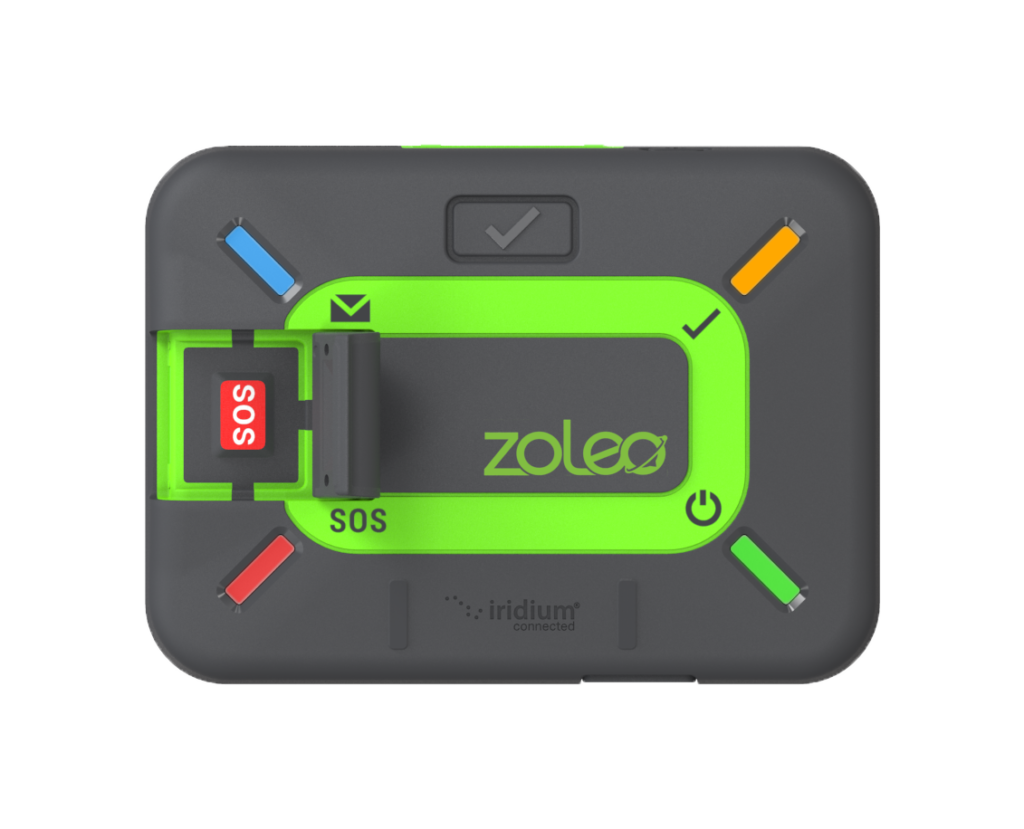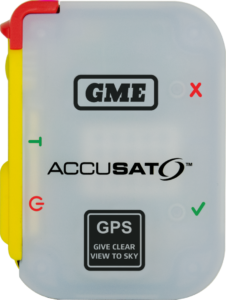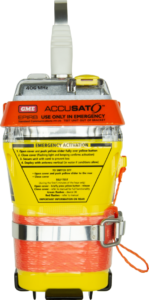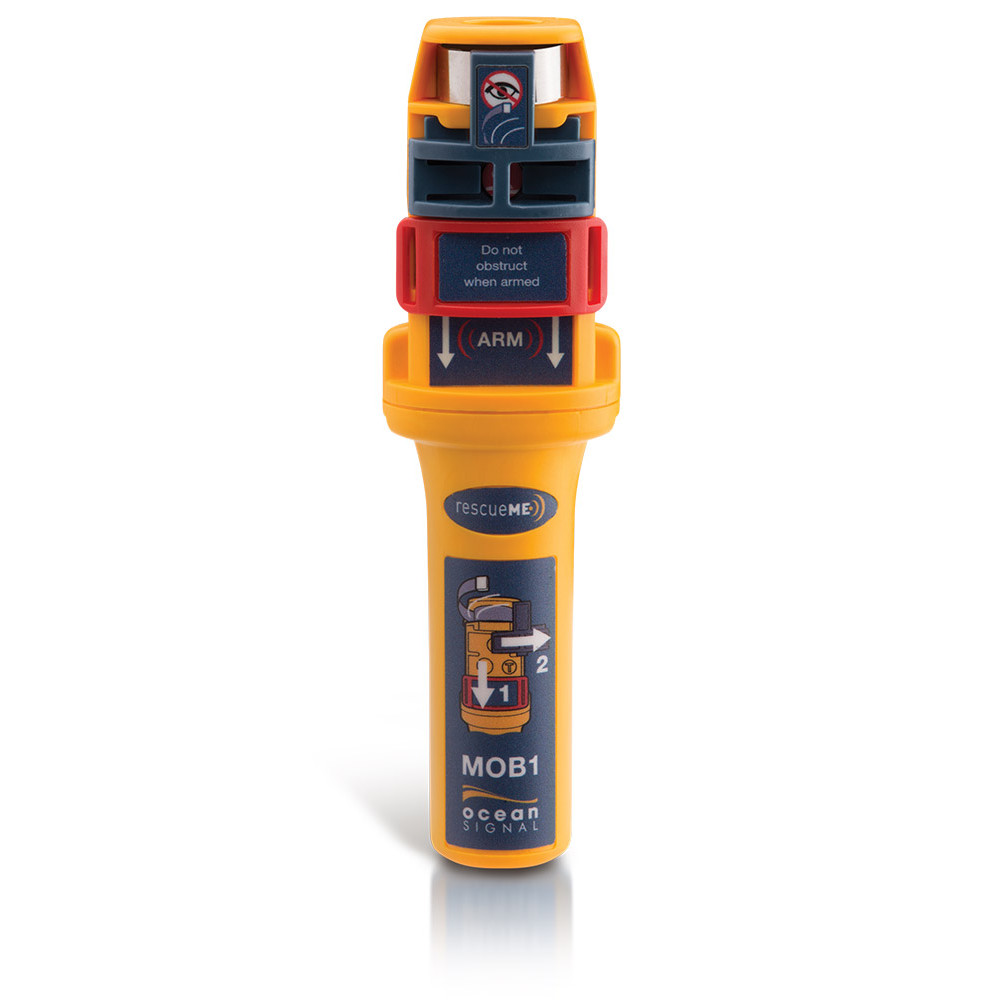Emergency Beacon
Emergencies can strike when least expected. Whether you’re traversing rugged terrains, sailing the vast oceans, or flying in the clear skies, staying connected can be a matter of life and death. Enter the Emergency Beacon – your indispensable partner in dire situations.
Satellite Messengers are a step beyond traditional emergency beacons. Rather than solely depending on the government-affiliated COSPAS-SARSAT system, they connect through commercial satellite networks, which are overseen by private entities or independent organizations. Brands such as SPOT and ZOLEO are notable players in this arena. They have forged partnerships with the GEOS International Emergency Response Coordination Centre (IERCC). So, when you find yourself in distress and trigger an SOS on one of these devices, the message doesn’t get lost in the void. Instead, it is promptly relayed directly to the GEOS IERCC. This ensures a swift response, as the centre immediately contacts the relevant rescue agencies, providing them with crucial information like your GPS location and the specifics of your emergency. What sets SPOT, ZOLEO, and others apart from conventional emergency beacons is their business model and service scope. They operate similarly to private telecommunication providers, offering specialised and bespoke services. As a result, users generally invest in a subscription or choose from several plans, ensuring continued service and connectivity. This might seem like an added cost, but the range of services they offer justifies the investment. Moreover, Satellite Messengers aren’t just about SOS signals. They are versatile devices with enhanced communication capabilities. Imagine being stranded or facing an emergency where you need to provide context or explain the nature of your situation. With traditional beacons, you’d only be able to send a general distress signal. In contrast, messengers from brands like ZOLEO and SPOT allow you to send detailed messages, facilitating more effective rescue operations. They are a lifeline for adventurers, explorers, and anyone who might venture off the beaten path.
Personal Locator Beacons (PLBs)
A Personal Locator Beacon (PLB) is a compact device capable of broadcasting an emergency distress signal through satellite technology. Its main function is to send out your location—whether you’re on land or water—to search and rescue teams.
PLBs are reserved for critical emergencies. They should only be activated when you’re in a life-threatening situation and all other communication avenues have failed. To put it bluntly, being lost or running out of fuel doesn’t justify the use of a PLB.
Using a PLB doesn’t entail any annual subscription fees.
It’s imperative to register your PLB with the Australian Maritime Safety Authority. This registration ensures your device is identified by its unique number. Always ensure your personal details and trip information are up-to-date. Keeping this information current facilitates a smoother rescue operation, enabling emergency services to locate you more efficiently.
In the modern era, many PLBs come equipped with GPS, allowing them to transmit your precise coordinates to the appropriate rescue authorities. These beacons predominantly operate on the 406 MHz frequency—a frequency specifically dedicated to search and rescue efforts. This signal interacts with the COSPAS-SARSAT network, a global satellite system sponsored by entities from the USA, Russia, Canada, and France.
Upon triggering a PLB, the device sends both your GPS position and a unique identifier code to a designated rescue coordination centre through satellite pathways. The closest rescue agencies are then alerted to your plight.
It’s noteworthy that earlier PLB versions operated on the 121.5 MHz frequency. These are now obsolete as satellites no longer pick up this frequency, making them unlicensed for use.
An Emergency Position Indicating Radio Beacon (EPIRB) is a critical safety device primarily designed for the maritime environment. This device ensures that if a vessel encounters distress situations, such as sinking or capsizing, an emergency alert is transmitted seamlessly.
Intended solely for the gravest of emergencies, an EPIRB is not for minor mishaps or inconveniences. It’s essential to activate the EPIRB only when there’s imminent danger to life or the vessel’s safety.
Incorporating advanced GPS technology, the majority of contemporary EPIRBs are capable of pinpointing your exact location on the seas. They communicate via the 406 MHz frequency, a channel dedicated to search and rescue missions. Through this, they connect with the COSPAS-SARSAT global satellite system, ensuring international coverage and rapid response.
Once activated, an EPIRB transmits a distress signal that includes both its unique identifier and, if GPS-enabled, its current location. This information is relayed to a centralized rescue coordination center, which then dispatches the closest and most suitable rescue services.
Historically, older EPIRB models used the 121.5 MHz frequency for signaling. However, as with PLBs, this frequency is no longer monitored by search and rescue satellites. Thus, these models are phased out and are not advisable for continued use.
A Man Overboard Beacon (MOB) is a specialized device designed to address one of the maritime world’s most immediate dangers: a person falling overboard. These beacons play a vital role in ensuring a swift response, which can be the difference between a successful rescue and tragedy.
Only to be activated in the direst of situations—specifically, when someone has fallen overboard—an MOB beacon isn’t for minor maritime mishaps or inconveniences.
With the integration of modern GPS technology, many of today’s MOB beacons can swiftly relay the exact location of the person in distress. These devices predominantly transmit on the dedicated 406 MHz frequency, which is a channel specifically used for search and rescue initiatives, ensuring prompt and wide-reaching communication.
Upon activation, an MOB beacon emits a distress signal. If it’s a GPS-enabled model, this signal will include both the beacon’s unique identifier and its current position. This crucial data is then sent to a rescue coordination center, ensuring that the nearest suitable rescue resources are immediately dispatched.
Older variants of MOB beacons may have utilized the 121.5 MHz frequency. As with other emergency beacons, this frequency is no longer actively monitored by search and rescue satellites, so such models are deemed outdated and are recommended for replacement.
Why Local Purchases Matter
When you buy a unit, it’s typically programmed for the country of purchase. Hence, buying locally is crucial. Acquiring a device from outside Australia might mean it won’t register within the country unless reprogrammed with the Australian country code by the manufacturer. Additionally, there’s the question of whether an internationally purchased unit adheres to Australian standards.
Though international deals might appear attractive, the Australian Maritime Safety Authority strongly advises opting for devices that align with Australian regulations. For assurance, refer to a list of PLBs that satisfy these local standards.
From Down Under to Across the Globe: Emergency Beacons Have You Covered
The beauty of Australia lies in its contrasts: from serene beaches to rugged outback. But amidst these changing landscapes, one thing remains constant – the reliability of an emergency beacon in Australia. Engineered to perfection, these beacons offer a seamless blend of local nuances and global standards. Whether you’re hiking in the Blue Mountains or sailing international waters, always pack your emergency beacon. Australia’s best adventures are always safer when you’re well-equipped.









